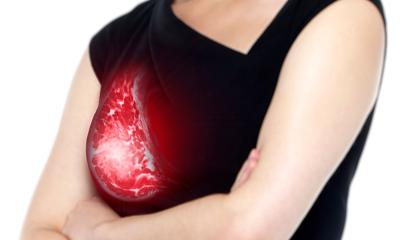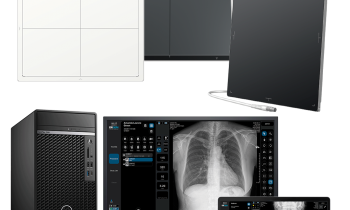Bone denistometers gain hip structure analysis software
USA - The Food and Drug Administration (FDA) recently cleared the incorporation of Hip Structure Analysis (HSA) software in Hologic dual-energy X-ray (DXA) bone densitometers.

Conventional bone density scanners examine only average bone density. HSA, a hip structure analysis method for DXA scans used in research and pharmaceutical studies, includes specialised software to examine the structural geometry of 2-D DXA scan images, which helps determine whether a patient’s bones are weakened, so need treatment or, in the case of a patient already being treated, whether the bones are strengthening.
During his years of work on HSA, Thomas J Beck ScD, Associate Professor of Radiology at The Johns Hopkins University (JHU) School of Medicine, has linked with the National Space Biomedical Research Institute. Describing the value of this development, he compared the HAS/bone density combination with engineers’ need to measure the safety of a bridge: they know the density of a bridge’s supports significantly influences its safety, but this alone is insufficient to determine whether the bridge is safe enough to cross. The stresses of a bridge (or a bone) under a particular load are largely determined by the amount of material and its distribution within the structure. ‘Hip Structure Analysis algorithms allow us to calculate both the bone mineral density as well as the structural geometry that underlies bone strength from DXA measurements,’ he said. ‘The use of HSA should result in more definitive measures of bone health.’
Dr Beck and colleagues in JHU’s School of Medicine are widely recognised for their work in the development of biomechanical parameters of hip structure derived from densitometric information. Hologic has exclusive use of this new JHU development. The company’s software builds upon technology developed by APL, which it recently acquired. ‘DXA systems have advanced well beyond bone mineral density measurements,’ said Brad Herrington, Hologic Vice President of Skeletal Health Imaging. ‘Clinicians have long sought the next generation of osteoporosis assessment tools to better predict femur fracture risk. Vertebral Fracture Assessment and Hip Structure Analysis have brought us into that generation.’
Initially HSA will primarily be used in bone research, during which it might help in understanding how the femur weakens with age and how pharmaceutical treatments work to reduce hip fracture risk.
HSA is a trademark of The Johns Hopkins University Applied Physics Laboratory.
17.11.2006











